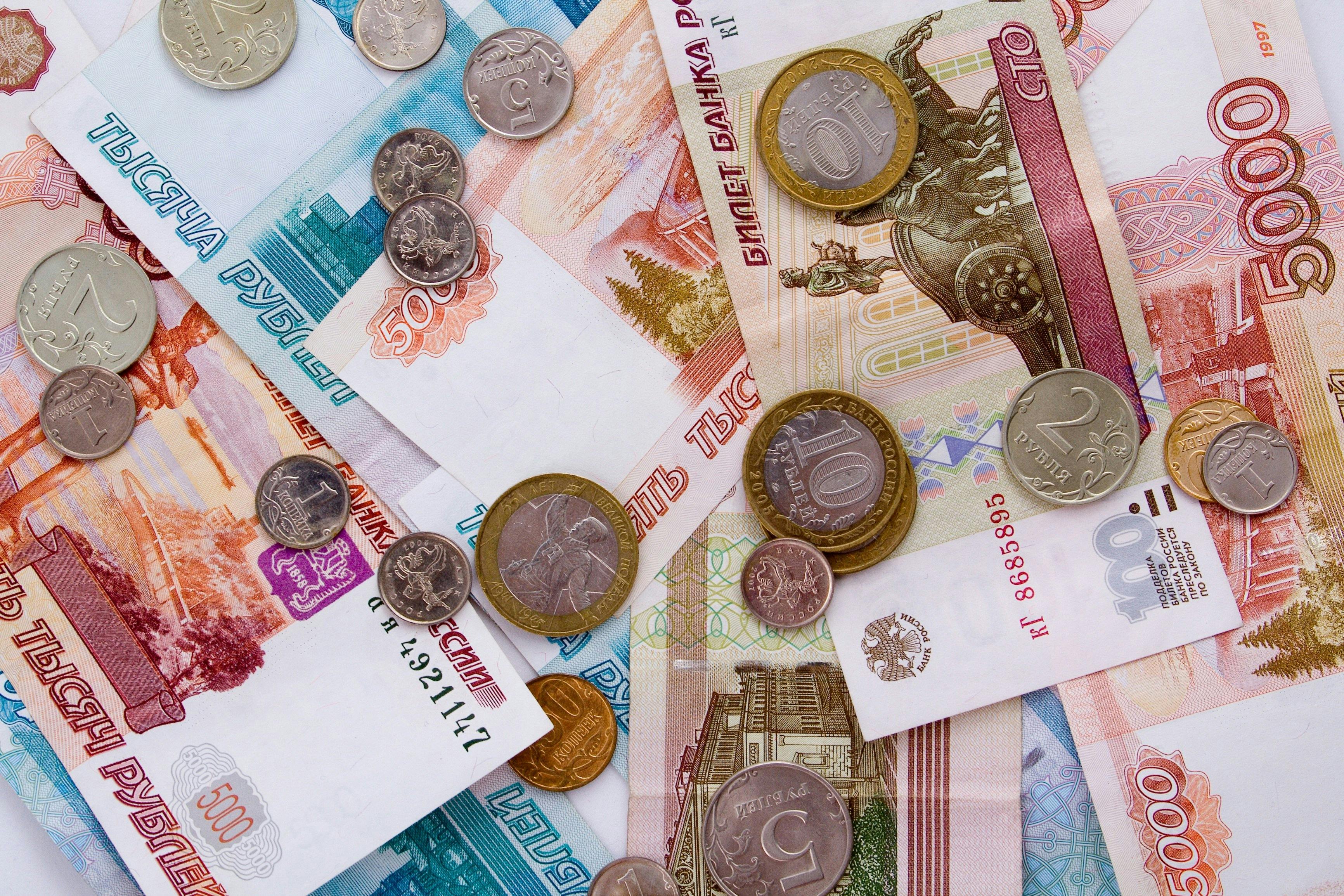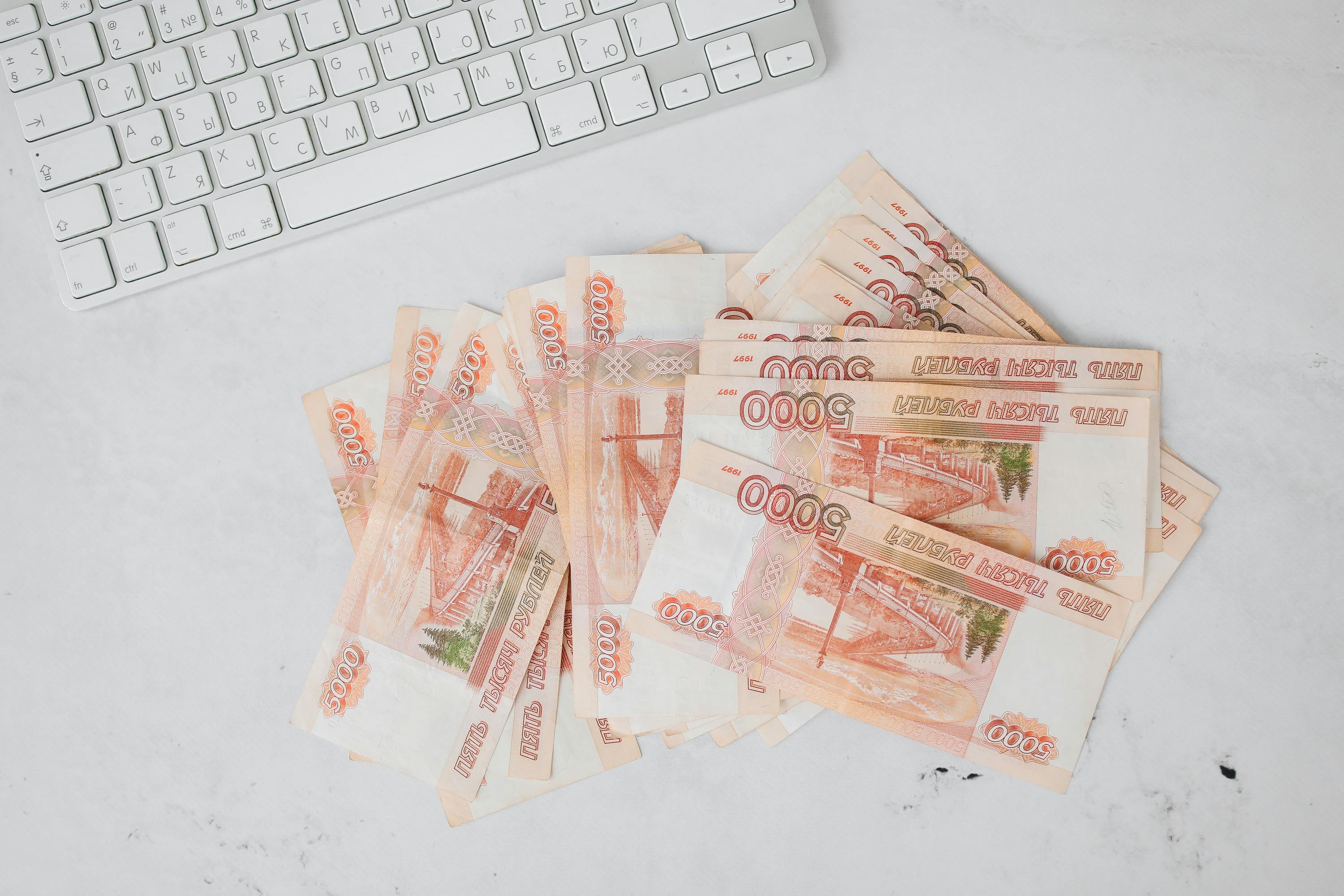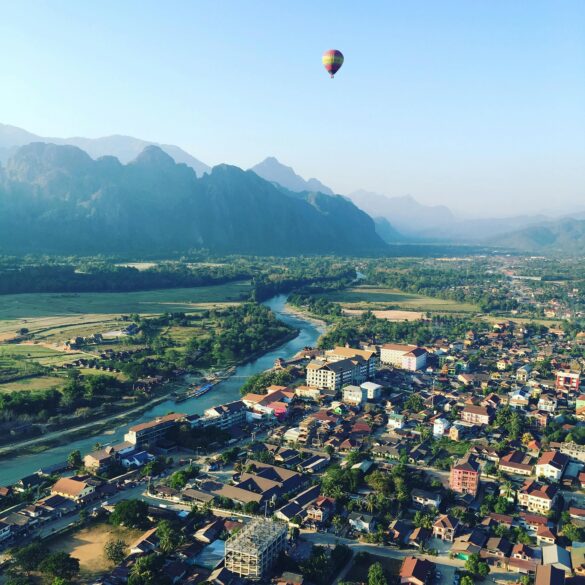Russia as an Economy: Key Insights, Growth, Risks & Global Impact
Introduction & Current Context
Let’s cut to the chase: Russia’s economy is a paradox, wrapped in an enigma, inside a spreadsheet—you name the cliché, and it fits. In my two decades analyzing global markets, no other G20 economy has oscillated so wildly in the public imagination. One minute, oil-rich colossus; the next, choking under sanctions; and always, the question: is Russia a global giant, or is its engine running on fumes? Actually—pause that thought. Recent events have muddied the waters even more. Since the Ukraine conflict accelerated in February 2022, Russia’s relationships, economic models, and internal dynamics have changed so dramatically that, frankly, most textbook analyses from even five years ago are laughably out of date1. I say this both as an economist and as a sometimes-bewildered observer. If you’re reading this, odds are you want something beyond tired tropes or kneejerk headlines. Let’s dig in, with honest uncertainty and real curiosity.
First, quick context. Russia is, on paper, one of the world’s largest economies: by purchasing power parity (PPP) in 2024, it technically clocks in around #6 globally2, though nominal GDP paints a less flattering picture. Its population (about 143 million—a figure steadily declining, more on that later) supports a resource-rich landscape spanning 11 time zones. Yet numbers only tell half the story. Unlike China, whose ascent has been methodical, or Germany, built on institutions and export precision, Russia’s path is—how do I put this—chaotic, improvisational, reactive, and, to some degree, perennially self-reinforcing. A nation that embodies contradiction, where high-tech rocket science and resource extraction still go arm in arm, and where the shadow of Soviet legacy lingers over every decision.
Key Takeaway
Russia’s economic profile can’t be reduced to simple binaries—strength versus fragility, isolation versus integration, reform versus inertia. Nuance is absolutely crucial, especially as new policy shocks, sanctions, and alliances rewrite the rules month by month. This overview is intentionally layered: foundational context for newcomers, analytical depth for seasoned economic observers, and forward-looking questions for those shaping global policy.
Economic Structure: Foundations & Evolution
Ever noticed how Russia’s economy tends to defy neat categories? In textbooks, you’ll see “mixed economy, heavily state-influenced,” which is true—but also an understatement. Back when I first consulted for a Western manufacturing firm eyeing the Russian market in 2016, the sheer bureaucratic complexity was eye-popping. On paper, Russia has a nominally open market system, yet state-owned enterprises dominate energy, banking, and transport. In practice, market signals are often trumped by politics or sheer inertia. The post-Soviet reform years (late 1990s–2000s) unleashed a torrent of privatization—some say chaos—with the infamous oligarch era resulting in a deeply uneven wealth distribution, still among the world’s worst4.
Fast forward to today: about one third of all Russian formally employed workers are employed by the state or its subsidiaries; state-owned giants like Gazprom, Rosneft, and Sberbank effectively shape national priorities. But here’s what really struck me: private sector entrepreneurship is robust at the local level, especially in IT (think Yandex, Kaspersky). Yet the moment you step into energy, banking, or heavy industry, politics looms.
Foundational Economic Pillars
- Natural resources (chiefly oil, natural gas, coal, minerals)
- Industrial sector (manufacturing, chemicals, defense)
- Services (banking, tech, retail, logistics)
- Agriculture (wheat, barley, fishery—less known but crucial!)
Take a second to consider: the Russian federal budget, even after all the reforms and market experiments, still depends on energy revenues for more than a third of its income. One economist I met in St. Petersburg summed it up: “Oil runs the country, but bureaucracy drives it.” This tension—between globalized finance and centralized state planning—defines much of the Russian experience5.
Sanctions, Politics & Global Integration
Let’s not beat around the bush: sanctions have shaped Russia’s modern economic trajectory more than almost any other single external factor in the last decade. In 2014, following the annexation of Crimea, Western nations (led by the US and European Union) imposed multiple rounds of sanctions, targeting banking, technology, defense, and, by 2022, entire swathes of the Russian economy—including SWIFT payment access for many banks and outright bans on energy tech transfers6.
The impact? By and large, sanctions have forced Russian policymakers—who had already leaned nationalistic post-2008 global financial crisis—to double down on economic self-sufficiency. What really gets me is that so many overlooked the ingenuity and improvisation that factored into the country’s response. Sure, GDP dropped in 2022 (somewhere around 2.1% by World Bank estimates7), but the feared “collapse” never materialized. Instead, Russia pivoted trade to China (now its biggest trading partner by a country mile), shored up domestic manufacturing (especially in consumer goods), and moved with alarming speed to alternate payment systems for oil and gas.
It’s tempting to see Russia as “cut off” from the West (and, believe me, there has been real pain—ask anyone in logistics or finance forced to unwind dollar-based contracts overnight). However, the country remains deeply integrated with Europe via energy pipelines, and, increasingly, with Asia for both exports and imports. But here’s the thing: economic “decoupling” is messy, partial, and filled with legal gray zones. On the ground, Western brands exited in droves; Russian consumers simply found alternatives, often produced locally or imported via third countries8. I remember chatting with a Russian business owner in Kazan, who admitted sourcing German machinery—rebranded and shipped through Turkey.
Snapshot: Russia’s Trade Shifts Since 2022
| Partner Country/Block | % of Exports (2019) | % of Exports (2024, est.) | Key Products Traded |
|---|---|---|---|
| European Union | 46% | 22% | Oil, Gas, Metals, Chemicals |
| China | 13% | 27% | Oil, Gas, Coal, Technology, Machinery |
| Turkey | 2% | 7% | Grain, Oil, Construction Material |
| Others (EAEU, Middle East, India) | 39% | 44% | Energy, Arms, Fertilizers |
Does any of this make Russia “sanction-proof”? Not even close. Constraints on advanced technology—especially microprocessor imports and capital markets—are biting harder as time goes on9. In the short term, alternative supply chains (think: Chinese smartphones replacing iPhones) mask vulnerabilities that could, if the West tightens up enforcement or China shifts strategy, manifest as deeper stagnation. It’s this constant, unpredictable adaptation—in a way, almost a “perpetual crisis management mode”—that characterizes contemporary Russian economic life.
Key Questions for Readers
- Does the current sanctions regime truly erode Russia’s long-term growth, or merely slow it?
- To what extent have new trading alliances compensated for lost Western markets?
- Could secondary sanctions—targeting non-Western intermediaries—reshape the landscape again?
- How resilient is Russia’s technology and capital ecosystem to ongoing isolation?
Resource Economy: Oil, Gas & Dependency
Let me step back. When people discuss Russia as an economy, nine times out of ten, resource dependency comes up first—and with good reason. Energy exports (oil, gas, coal) underpin the country’s budget, foreign reserves, and, by extension, geopolitical clout. 2023 estimates put hydrocarbons at roughly 55% of total goods exports and 35–40% of federal revenues10.
Here’s the rub: this windfall has always been a double-edged sword. “Resource curse,” “Dutch disease,” whatever you prefer—Russia’s over-reliance has fueled not just volatility (pegged to every price spike or crash), but also chronic underinvestment in other sectors. I’ll be honest, I used to think Russia would gradually diversify, as leaders promised each successive “import substitution” plan. But—if we’re being real—progress has been painfully slow, especially outside a select handful of industries.
- World’s #2 natural gas exporter and #3 oil producer
- Largest proven gas reserves globally
- Major non-fuel mineral reserves—nickel, gold, coal, potash
- Top-5 wheat and barley exporter, despite marginal global visibility
But here’s what people miss: the state’s control over energy—and the outsized role of oligarchic conglomerates—anchors a system that frequently disincentivizes risk-taking and innovation. The lion’s share of profits are funneled to government coffers or a small ownership class, not reinvested widely in infrastructure or R&D. And, as oil price swings in 2020 and 2022 showed, every global energy crisis is a national macroeconomic rollercoaster11.
Case Study
In 2020, as oil prices crashed into negative territory globally, Russia was caught between the need to budget for social programs and its commitment to OPEC+ production cuts. The policy muddle that followed—sudden rouble volatility, rushed fiscal tweaks, then rapid price rebound—showed both the strengths (agility, reserves) and the persistent vulnerabilities (budget rigidity, narrow base) of Russia’s resource model. Three years later, the same weaknesses are, if anything, more acute.

Innovation, Industry & Human Capital
Where do I even start? Russian scientific prowess is legendary—mathematics, physics, aerospace, you name it. Problem is, the translation of this raw ability into scalable innovation, especially since 2014, has been sorely lacking outside a handful of sectors. My thinking here has definitely evolved: I used to believe strong technical education (Moscow State, Bauman, ITMO) would inevitably drive tech growth, but, honestly, brain drain and regulatory hurdles have overshadowed much of that promise12.
Speaking of “brain drain,” Russia has lost tens of thousands of skilled professionals since the most recent sanctions round. Most left for Europe, Central Asia, or the Gulf. Russian tech (“Runet”) companies still compete regionally—Yandex, VK, Kaspersky, 1C—but systemic innovation is held back by:
- Heavy-handed regulation and state interference, especially around “national security”
- Limited access to Western capital and global research networks
- Prevailing risk-averse business culture
That said, it’s unfair to write off the whole landscape. Fintech, gaming, cybersecurity—these are genuine Russian strengths, often filling post-sanction gaps with surprising speed. I’ve seen major pivots in logistics and supply chain management, too, as international isolation spurred home-grown alternatives. Is it up to the standards of Silicon Valley or Shenzhen? Not yet. But let’s not ignore the outsized achievements. If you haven’t checked out Russian-developed facial recognition tech or anti-virus tools, you’re missing quietly world-class products13.
The Human Factor: Demographics & Workforce
Now, about Russia’s demographic dilemma. On paper, it’s almost bleak. The population is aging, birth rates are below replacement (roughly 1.5–1.7/ woman since 2010), and net emigration by working-age professionals is rising each year14. Life expectancy took a massive pandemic-era hit (currently about 72 years—lower than most OECD peers), and alcohol- and violence-related mortality remain stubbornly high.
Demographic Trends: 2010–2024
- 2010 population: 142m | 2024: ~143m (but shrinking since 2020)
- Dependency ratio rising sharply after 2022
- Skilled migration outbound far exceeds inbound
- Rural depopulation contrasted by urban regional hubs (Moscow, St. Petersburg, Novosibirsk)
Why does this matter? Fewer working-age Russians mean a shrinking tax and talent base; pension and healthcare burdens balloon; long-term growth is kneecapped. Factor in conscription draws for the Ukraine conflict and you see why many young, skilled, globally minded Russians are voting with their feet.
Is there a fix? Well, Russia’s government has launched a raft of “return migration” and family incentives—but, in my view, structural economic and political reforms are the real missing link. And until the climate for entrepreneurship and open exchange improves, expect this trend to drag.
Case Example: Russian Tech in 2023–2024
| Company | Sector | Pre-2022 Global Presence? | 2024 Status |
|---|---|---|---|
| Yandex | Search/IT/Maps | Yes (CIS, EU) | Split: Core assets remain, global divisions spun off |
| Kaspersky | Cybersecurity | Yes (worldwide) | Severely restricted in US/EU, strong in emerging markets |
| VK | Social Media | Mostly Russia/CIS | Increasing domestic dominance; international marginal |
| 1C Company | Enterprise Software | Limited (CIS, some EU) | Pivoting to alt markets, “national champion” branding |
Bottom line: innovation is possible—sometimes spectacular—but usually in sector-specific pockets, rarely at systemic scale. I’m still hopeful for Russian entrepreneurship, but in my experience, breakthroughs survive when protected by government—or when they find ways to avoid regulatory scrutiny.
Practical Takeaways for Investors & Observers
- Tech, retail, and logistics are among the few “growth” sectors with remaining upside
- Heavy industry and energy remain cash cows—but innovation lags global peers
- Long-term demographic pressures will test any economic model dependent on growth
- Policy consistency remains elusive; expect regime-driven pivots rather than steady reform
The Future: Scenarios & Strategic Choices
I’ll be honest, offering “forecasts” on Russia’s economy feels like a losing game—tried it in 2014, 2018, and 2022, missed every time by a country mile. But scenario analysis? That’s where the value is. So here’s my genuinely human attempt at mapping possible trajectories:
- “Fortress Russia” Path: Sanctions intensify, trade with the West remains anemic, China/Asia fill many (but not all) gaps. Growth stagnates at 1–2%, innovation lags, but macro stability holds.
- “Pragmatic Pivot” Path: Gradual thaw in some Western relationships, selective reforms open access to capital and technology. Diversification increases, growth approaches 2–3% long-term—contingent on geopolitics.
- “Crisis & Reset” Path: Sharp drop in energy prices or new conflict triggers deep recession; forced reforms and/or leadership changes reshape policy, possibly yielding more open and innovative structures.
Looking ahead, I’m not entirely convinced policymakers, as currently constituted, have the tactical flexibility or visionary outlook to achieve meaningful diversification. But one thing’s for certain: no system that relies so completely on energy exports and central control can stay static forever.



